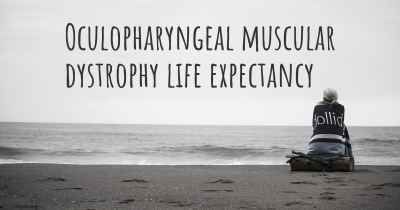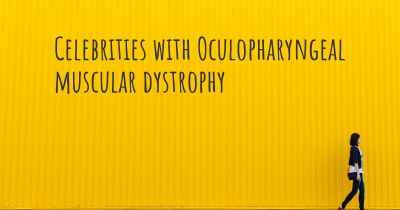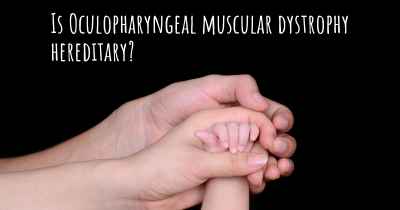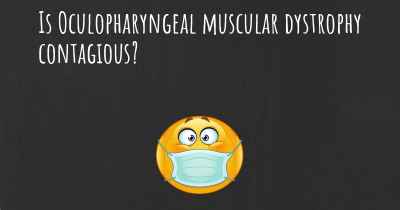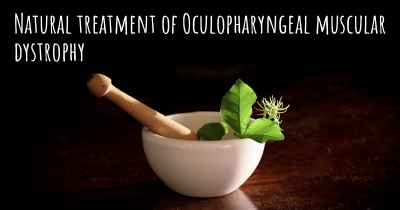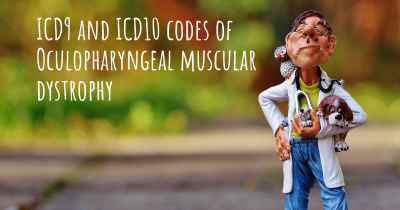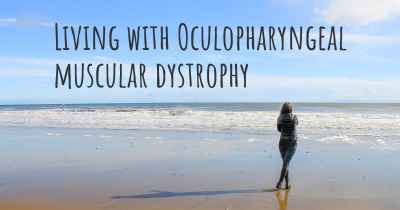Is it advisable to do exercise when affected by Oculopharyngeal muscular dystrophy? Which activities would you suggest and how intense should they be?
See if it is advisable for people with Oculopharyngeal muscular dystrophy to practice sports and which ones are the most recommended if you have Oculopharyngeal muscular dystrophy
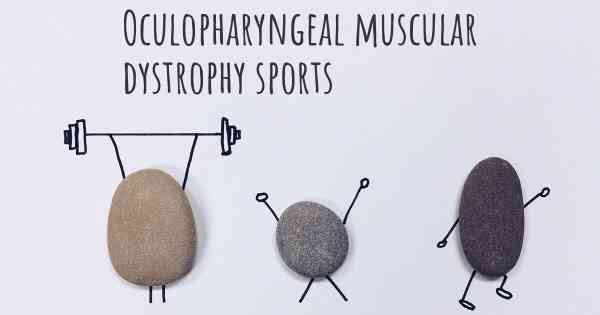
Oculopharyngeal muscular dystrophy (OPMD) is a rare genetic disorder that primarily affects the muscles of the eyes (oculo-), throat (pharyngeal), and sometimes other muscles in the body. It is characterized by progressive muscle weakness and wasting, leading to difficulties in swallowing, speaking, and eye movements.
When it comes to exercise and OPMD, it is important to approach it with caution and under the guidance of a healthcare professional. While exercise cannot cure or reverse the underlying genetic mutation causing OPMD, it can have several benefits for individuals with this condition.
Benefits of exercise for individuals with OPMD:
1. Maintaining muscle strength: Regular exercise can help slow down the progression of muscle weakness and wasting. It can help maintain muscle strength and function, which is crucial for daily activities.
2. Improving mobility: Engaging in appropriate exercises can enhance mobility and flexibility, making it easier to perform daily tasks and maintain independence.
3. Enhancing respiratory function: Breathing exercises and certain physical activities can help improve respiratory muscle strength and lung capacity, which can be beneficial for individuals with OPMD who may experience respiratory difficulties.
4. Boosting overall well-being: Exercise releases endorphins, which are natural mood-boosting chemicals. Regular physical activity can help reduce stress, anxiety, and depression commonly associated with chronic conditions like OPMD.
Given the progressive nature of OPMD and the potential risks associated with certain exercises, it is crucial to consult with a healthcare professional, such as a physical therapist or a specialist familiar with muscular dystrophy, before starting any exercise regimen. They can provide personalized recommendations based on an individual's specific needs, abilities, and limitations.
Recommended exercises for individuals with OPMD:
1. Low-impact aerobic exercises: Walking, stationary cycling, and swimming are excellent options as they are gentle on the joints and muscles. These exercises can improve cardiovascular fitness without putting excessive strain on weakened muscles.
2. Range of motion exercises: These exercises aim to maintain or improve joint flexibility and prevent contractures. They involve gentle stretching of the muscles and joints through their full range of motion. A physical therapist can provide guidance on specific exercises targeting the affected areas.
3. Strength training: Light resistance exercises using resistance bands or light weights can help maintain muscle strength. It is important to start with low resistance and gradually increase as tolerated. A physical therapist can design a safe and effective strength training program.
4. Breathing exercises: Deep breathing exercises and techniques can help improve respiratory muscle strength and lung capacity. These exercises can be particularly beneficial for individuals with OPMD who experience swallowing and respiratory difficulties.
Exercise intensity and safety considerations:
Exercise intensity should be tailored to the individual's abilities and limitations. It is important to avoid overexertion and excessive fatigue, as this can potentially worsen muscle weakness and lead to injury.
Here are some general safety considerations:
1. Start slowly: Begin with shorter durations and lower intensities, gradually increasing as tolerated. This allows the body to adapt and minimize the risk of muscle strain or injury.
2. Listen to your body: Pay attention to any pain, discomfort, or excessive fatigue during or after exercise. If any of these symptoms occur, it is important to modify or stop the activity and consult with a healthcare professional.
3. Use proper form: When performing exercises, it is essential to maintain proper form and technique to avoid unnecessary strain on muscles and joints. A physical therapist can provide guidance on correct form.
4. Stay hydrated: Drink plenty of water before, during, and after exercise to prevent dehydration, especially during activities that may cause increased sweating.
5. Consider assistive devices: Depending on the severity of muscle weakness, individuals with OPMD may benefit from using assistive devices such as braces, walkers, or canes to support their mobility during exercise.
Conclusion:
Exercise can play a valuable role in managing the symptoms and improving the overall well-being of individuals with Oculopharyngeal muscular dystrophy (OPMD). However, it is crucial to consult with a healthcare professional to develop a safe and personalized exercise plan. By incorporating appropriate exercises, individuals with OPMD can maintain muscle strength, improve mobility, enhance respiratory function, and boost their overall quality of life.
Posted Apr 27, 2017 by OPMDAWARENESS 1000
Posted May 18, 2017 by Monica 2150
Posted Oct 27, 2018 by Llauren 1300
Posted Feb 22, 2021 by James 2500
